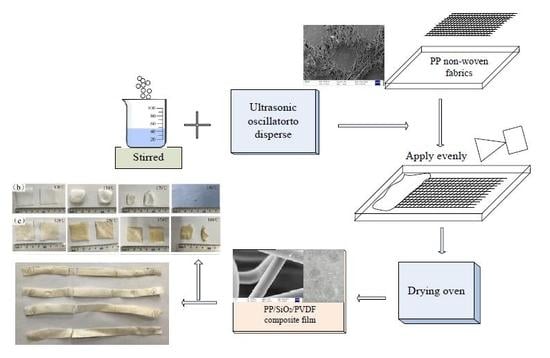Analysis of Thermal–Mechanical Properties of Silicon Dioxide/Polyvinylidene Fluoride Reinforced Non-Woven Fabric (Polypropylene) Composites
Abstract
Share and Cite
Kong, F.; Chang, M.; Wang, Z. Analysis of Thermal–Mechanical Properties of Silicon Dioxide/Polyvinylidene Fluoride Reinforced Non-Woven Fabric (Polypropylene) Composites. Polymers 2020, 12, 481. https://doi.org/10.3390/polym12020481
Kong F, Chang M, Wang Z. Analysis of Thermal–Mechanical Properties of Silicon Dioxide/Polyvinylidene Fluoride Reinforced Non-Woven Fabric (Polypropylene) Composites. Polymers. 2020; 12(2):481. https://doi.org/10.3390/polym12020481
Chicago/Turabian StyleKong, Fangyun, Mengzhou Chang, and Zhenqing Wang. 2020. "Analysis of Thermal–Mechanical Properties of Silicon Dioxide/Polyvinylidene Fluoride Reinforced Non-Woven Fabric (Polypropylene) Composites" Polymers 12, no. 2: 481. https://doi.org/10.3390/polym12020481
APA StyleKong, F., Chang, M., & Wang, Z. (2020). Analysis of Thermal–Mechanical Properties of Silicon Dioxide/Polyvinylidene Fluoride Reinforced Non-Woven Fabric (Polypropylene) Composites. Polymers, 12(2), 481. https://doi.org/10.3390/polym12020481




